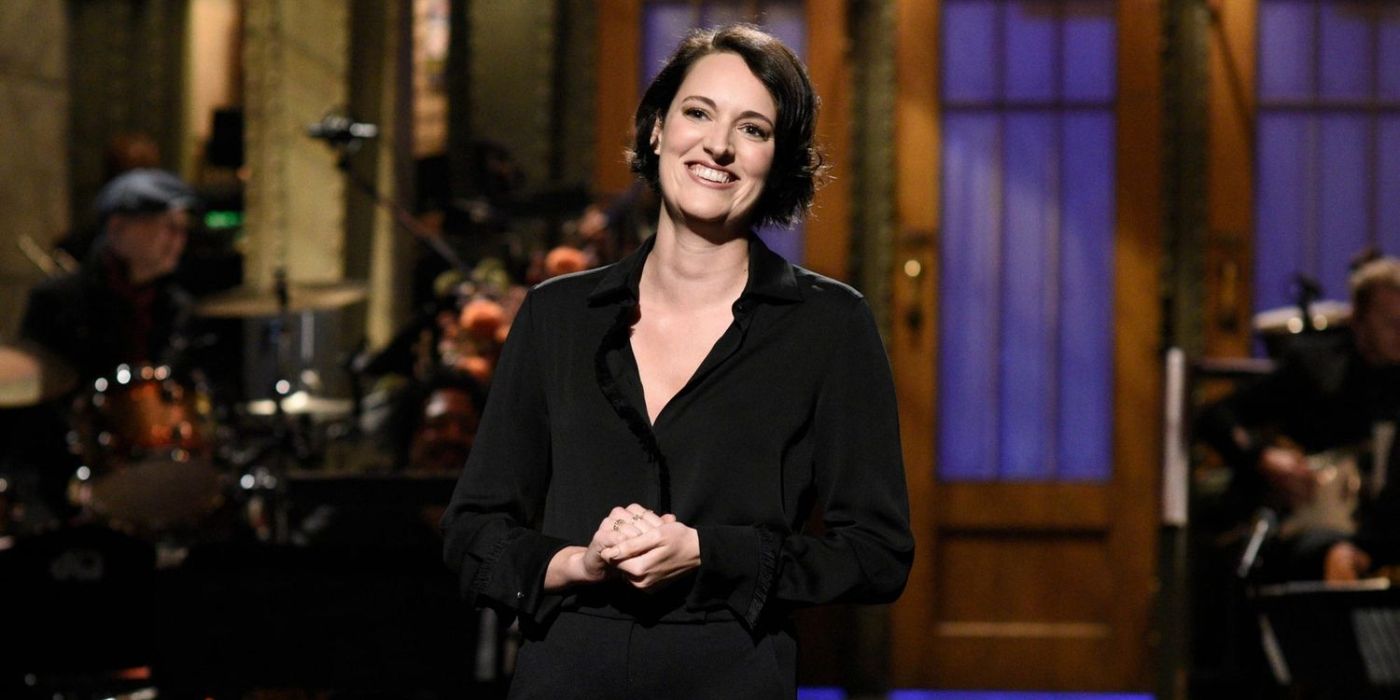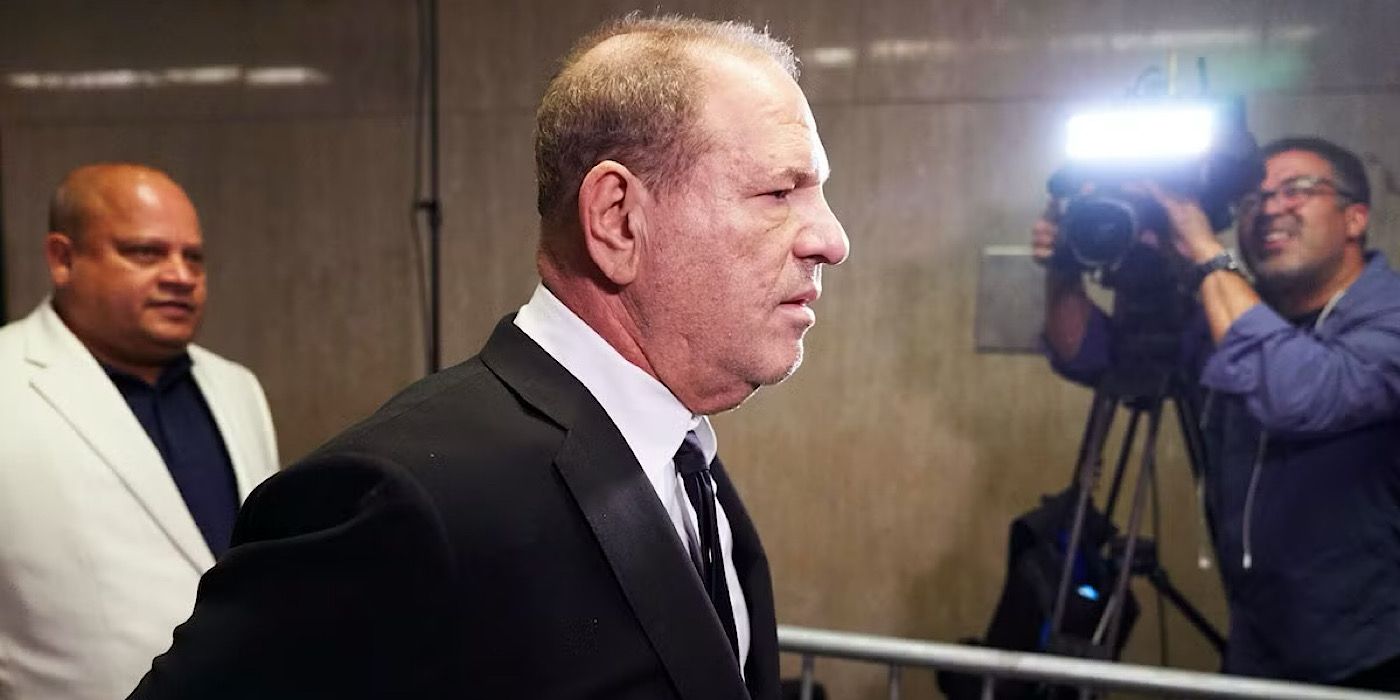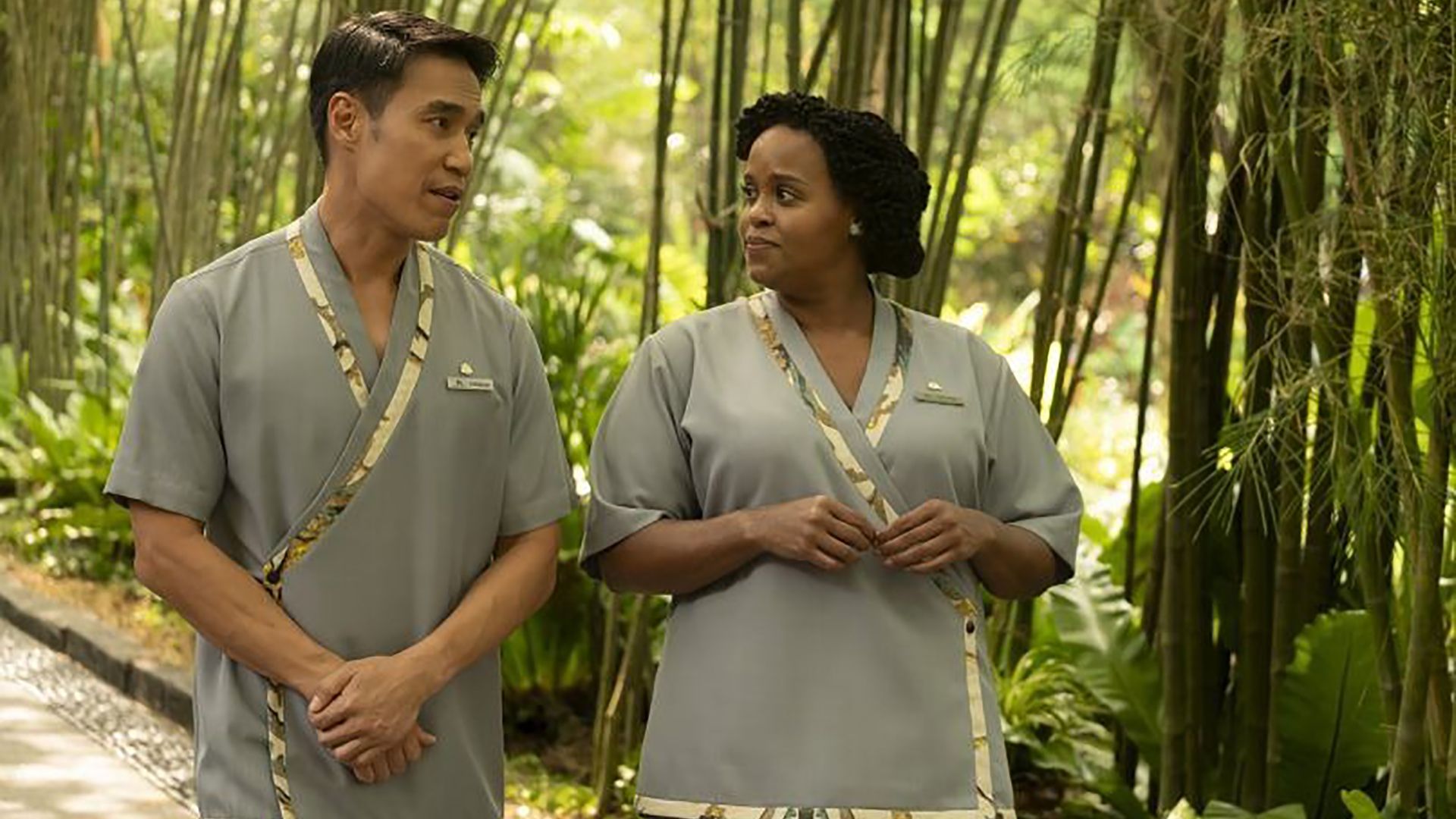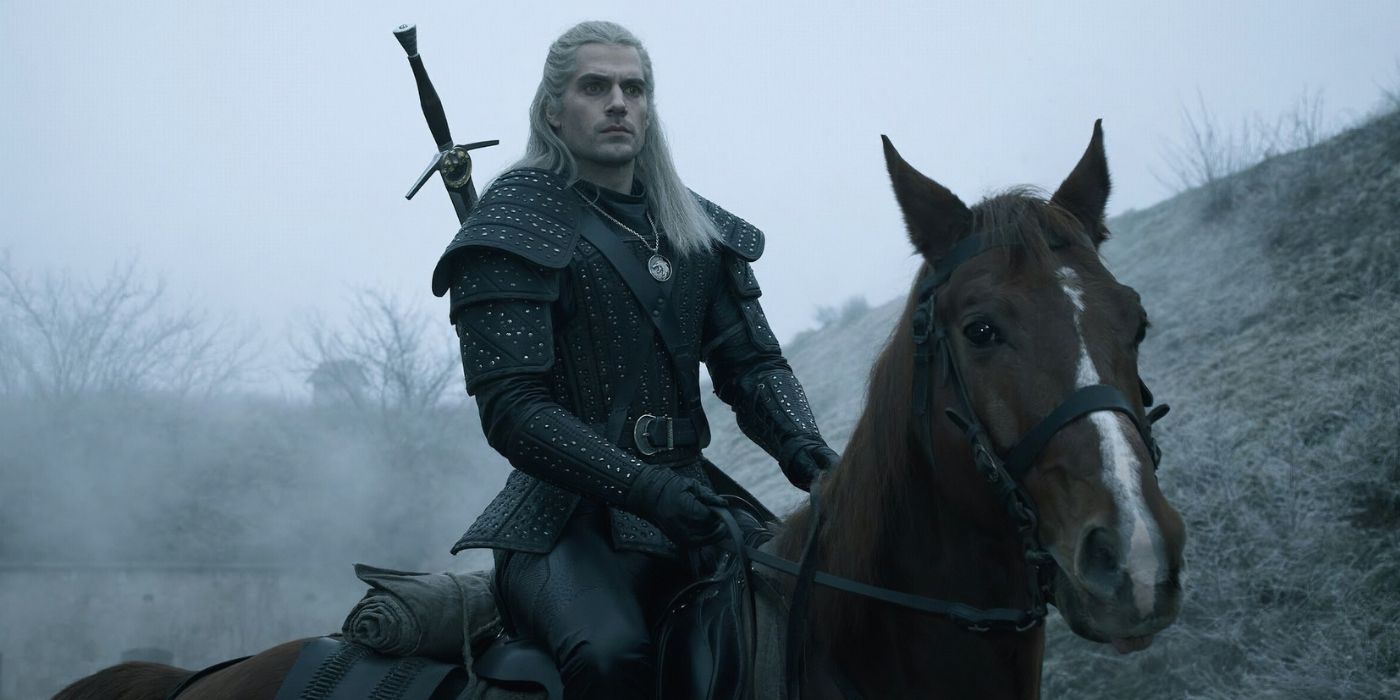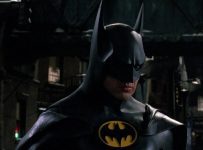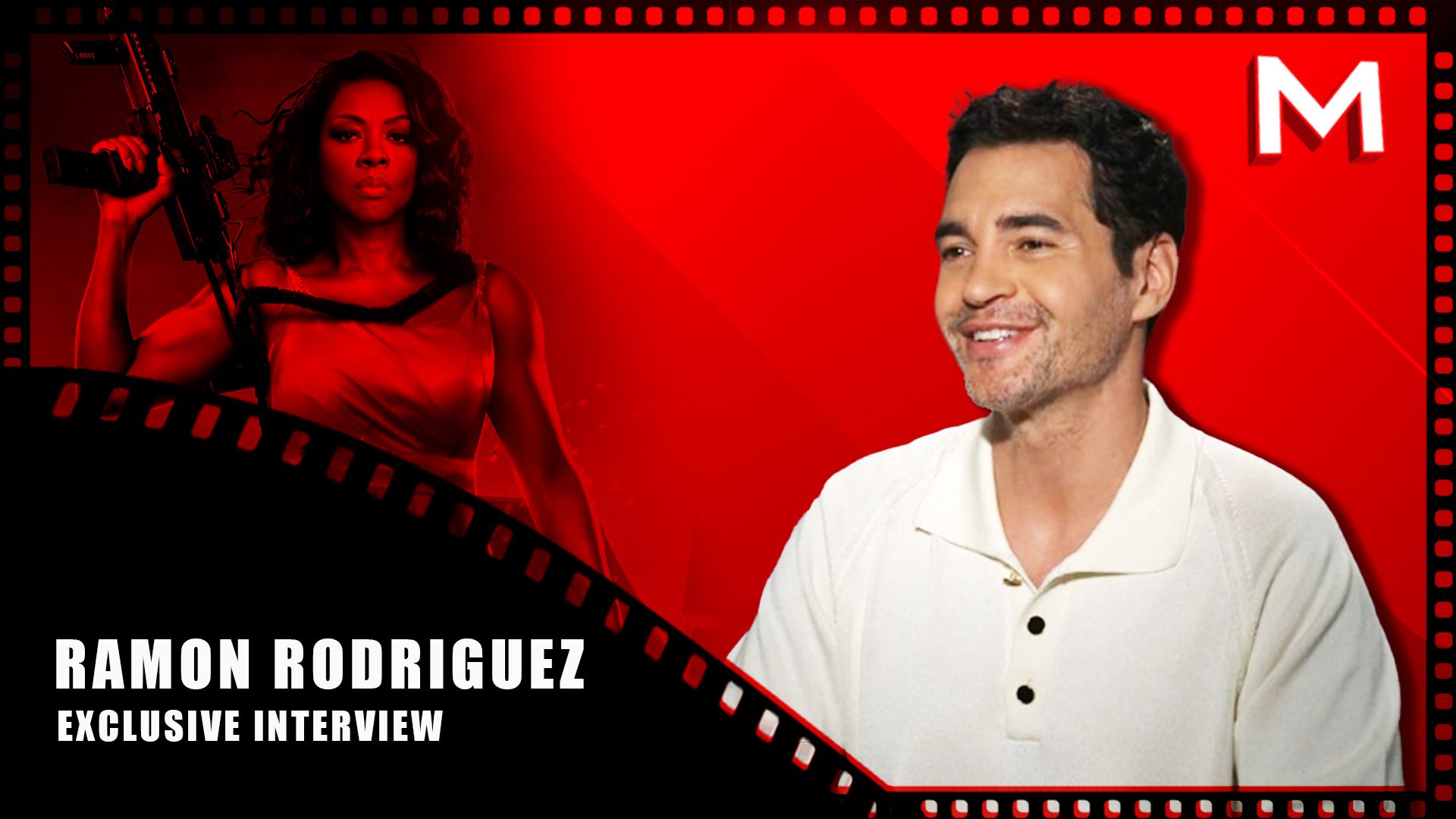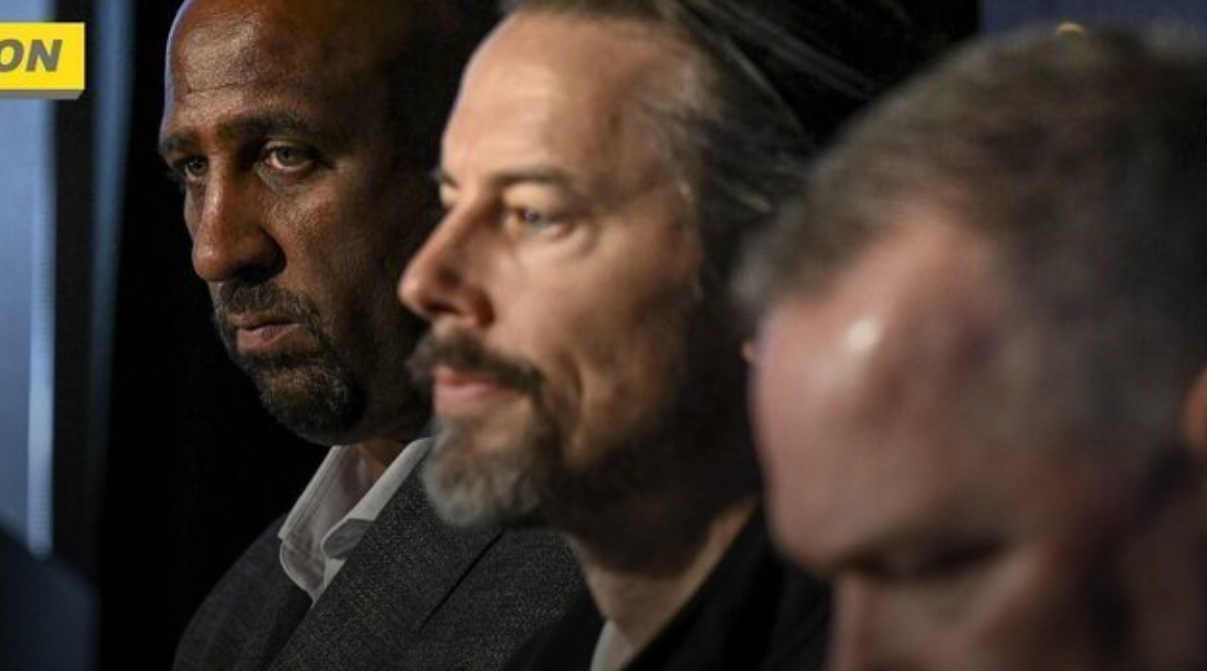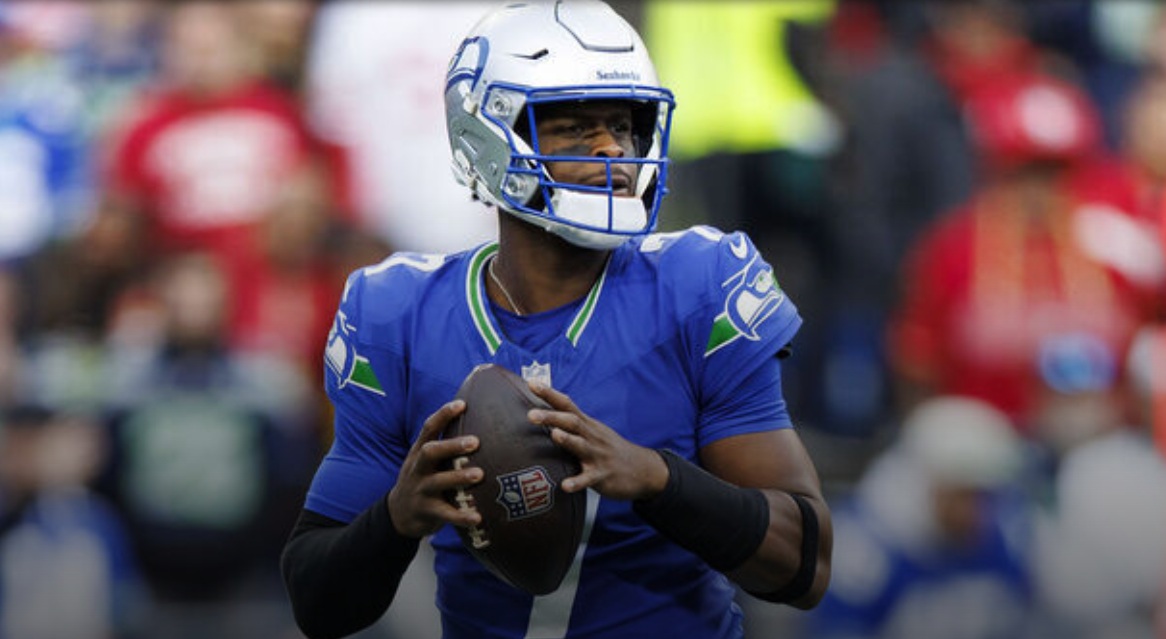There’s a scene in the cartoon Bugs Bunny Rides Again, where we have Yosemite Sam is chasing Bugs Bunny on a horse. They go into a tunnel and then we see Bugs instantly building a brick wall at the end of the tunnel. And Sam, of course, rides right into the brick wall. We all know that’s going to happen, even if it does not give us a lot of time to process that thought. Well, what’s funny about it is simply the impact of exactly when Sam hits the wall, how it synchronizes with the music, which is the William Tell overture. It’s all about the fact that there’s a rhythm that’s been set up almost unconsciously. And when Sam hits the wall, that rhythm is broken, and that gets a laugh. Obviously, the cartoons were timed to music, and they work very closely with Carl Stalling, the usual composer. But I think of the comedy in a sense of being music in and of itself, because music has a power that comes from when things happen and how sounds are arranged and the beats. And I think that is in many ways the key to what we respond to in the Looney Tunes cartoon is that sort of musical power, beyond words beyond explanation that just comes from everything happening exactly when it should. And not a second sooner and not a second later.
Well, you also write about the importance of words. And you tell us that the Looney Tunes are more dialogue-heavy than a lot of the other cartoons of the era. And it’s obviously impossible to measure the contribution of Mel Blanc.
As you know, Mel Blanc did almost all of the voices for almost all of the characters. They let themselves become dependent on him to an extent that I think no one would have done after that. He started doing small roles and eventually took over the part of Porky Pig because they weren’t satisfied with the actor who was doing him. Daffy Duck appeared in the first Porky cartoon, and so he became Daffy Duck, and eventually did Bugs Bunny and eventually took over everything. He became so important to the studio that they signed into an exclusive contract to stop him from voicing characters like Woody Woodpecker who he had been doing in another studio. And as a part of this contract he became the first voice actor in short cartoons to ever have on-screen credit.
A lot of his voices are quite similar to one another. Most famously, Daffy Duck and Sylvester have the same voice, the same speech impediment. But he sped it up for Daffy Duck and that’s the difference. He was an exceptional vocal actor, especially in terms of putting the right emotion into his dialogue, timing the dialogue correctly, and finding just the right emphasis to get the laugh. He was probably the funniest screamer in the entire voice acting business. He would do these screams that were so loud that you don’t know how the microphones of the day could have picked them up. He was able to elevate any dialogue that he was given. And because he was there the writers knew that they had to step up their game. He inspired them to think of dialogue as more than a placeholder for the gags. They had to write lines that would be worthy of him.
You can view the original article HERE.


